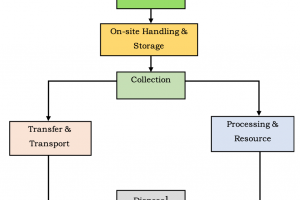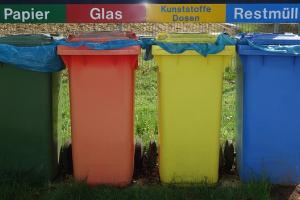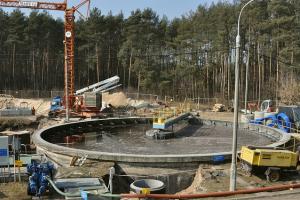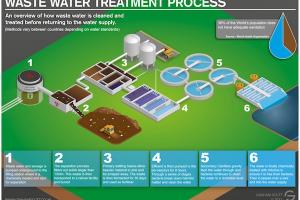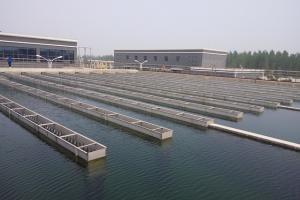Design of Screening Devices and Its Types
Screening in Waste Water Plant
Located at the intakes from river, lakes & reservoirs for water treatment plant or at wet well into which main trunk sewer discharge for waste water treatment plant. They are also located before the pumps in storm water & waste water pumping plant. In case of industrial waste water treatment there is usually no need of such equipment.
These devises remove the coarse debris like rags, solids, dead animals, lumber, tree, branches, roots, bushes, plastics etc. These solids can clog & damaging pumping units or impede the hydraulic flow in open channels & pipe network. The removals of these impurities are essential to minimize the losses of pumping plant as well as disturbing of flow in channels & pipes.
Classification of Screens
Screens are classified as:
- Coarse screen: 50-150 mm opening
- Medium screen: 25-50 mm opening
- Fine screen: less than 20 mm opening
Screening Devices
Screening devices are the 1st unit operation in treatment plant of water & wastewater to control the large size particle entry into the system. It consists of parallel bars, rods or wire, grating, wire mesh or perforated plate, having opening of any shape but circular & rectangular are common. The materials removed by these devices are termed as screening. The screenings are usually no biodegradable materials & can be used for land filling purposes.
Coarse Screen
Are classified as either bar racks (trash racks) or bar screen. It consists of parallel bars or rods of steel or stainless steel. It can be used to entrap the coarse materials to protect the damaging of pumping units. The normal sizes of 15 mm to 38 mm opening with bar spacing of 50 to 150 mm. Bar racks are used as pre-treatment applications. These bar racks may be hand cleaned if small in size or mechanical cleaned if large sizes.
The rack channel should be design in such away to prevent in the channel the accumulation of grit & other heavy materials. Channel must be straight perpendicular to the bar screens & have downward slopes. To prevent the settling of coarse materials in the channel, the velocity in the approach channel must be in range of 0.3 m/sec to 0.6 m/sec.
|
Items |
Hand cleaned bar racks |
| Clear Opening | 25 mm to 44 mm |
| Allowable headloss | 150 mm |
| Approach velocity | 150 m/sec to 0.6 m/sec |
| Width of the bar | 5 mm to 15 mm |
Fine Screen
They remove the influent suspended solids' putrescible matter, grease & scum as well as pathogenic fecal materials. All these materials belong to pretreatment primary & secondary treatment.
Design of Coarse Screen
The following parameters are required:
- Peak flow in m 3 / sec (Q)
- Head loss in m (hL)
- Clear opening in m (Co)
- Depth of waste water in m (d)
- Approach velocity in m / sec (V2)
- Width of the bar in m (W3)
From the above data we will get the following details
- Width of the opening in m (W1)
- Width of the chamber in m (W2)
- Number of the openings (n)
- Efficiency coefficient (EC)
- Clear area through the rack in m2 (A)
- Flow velocity through the bar rack in m / sec (V1)




